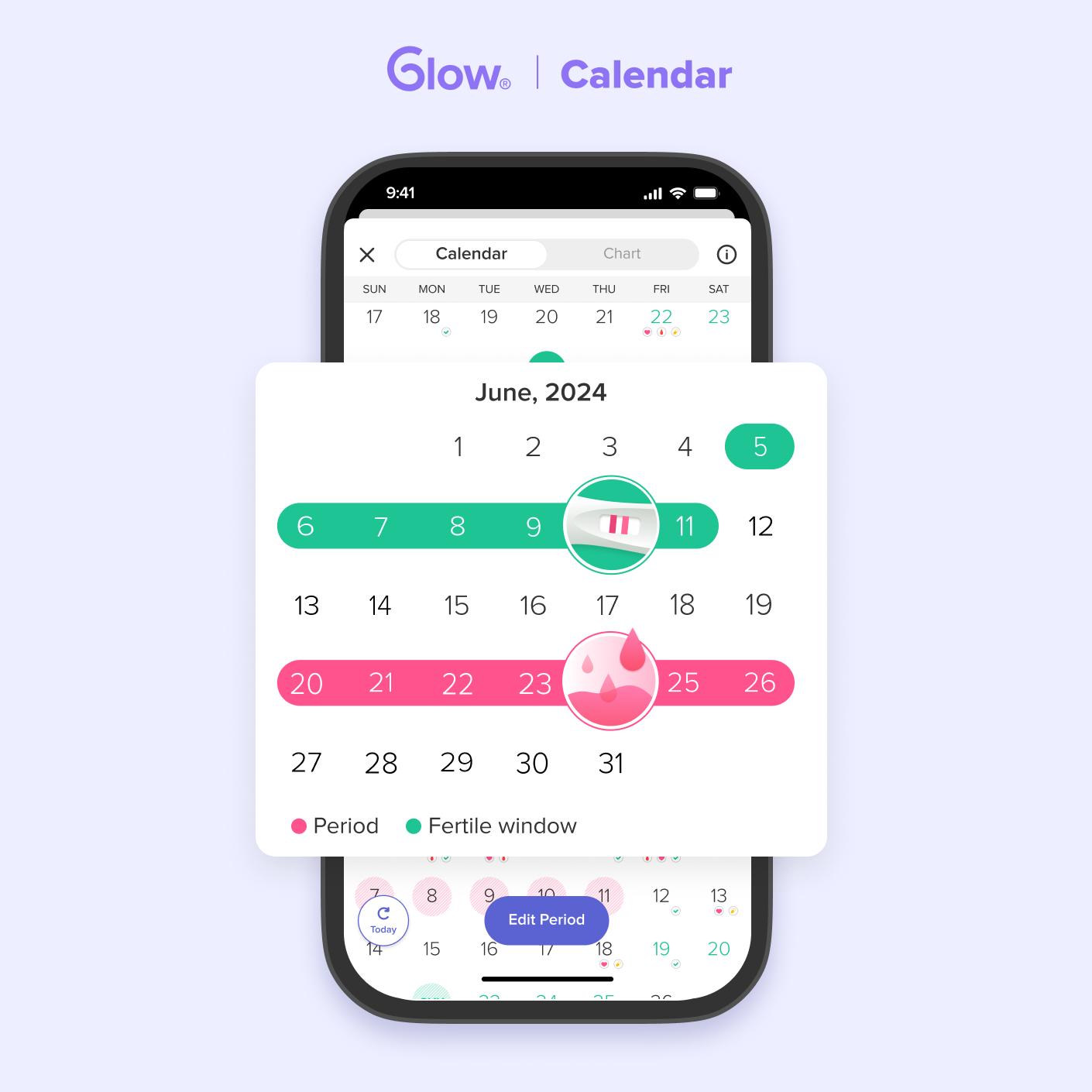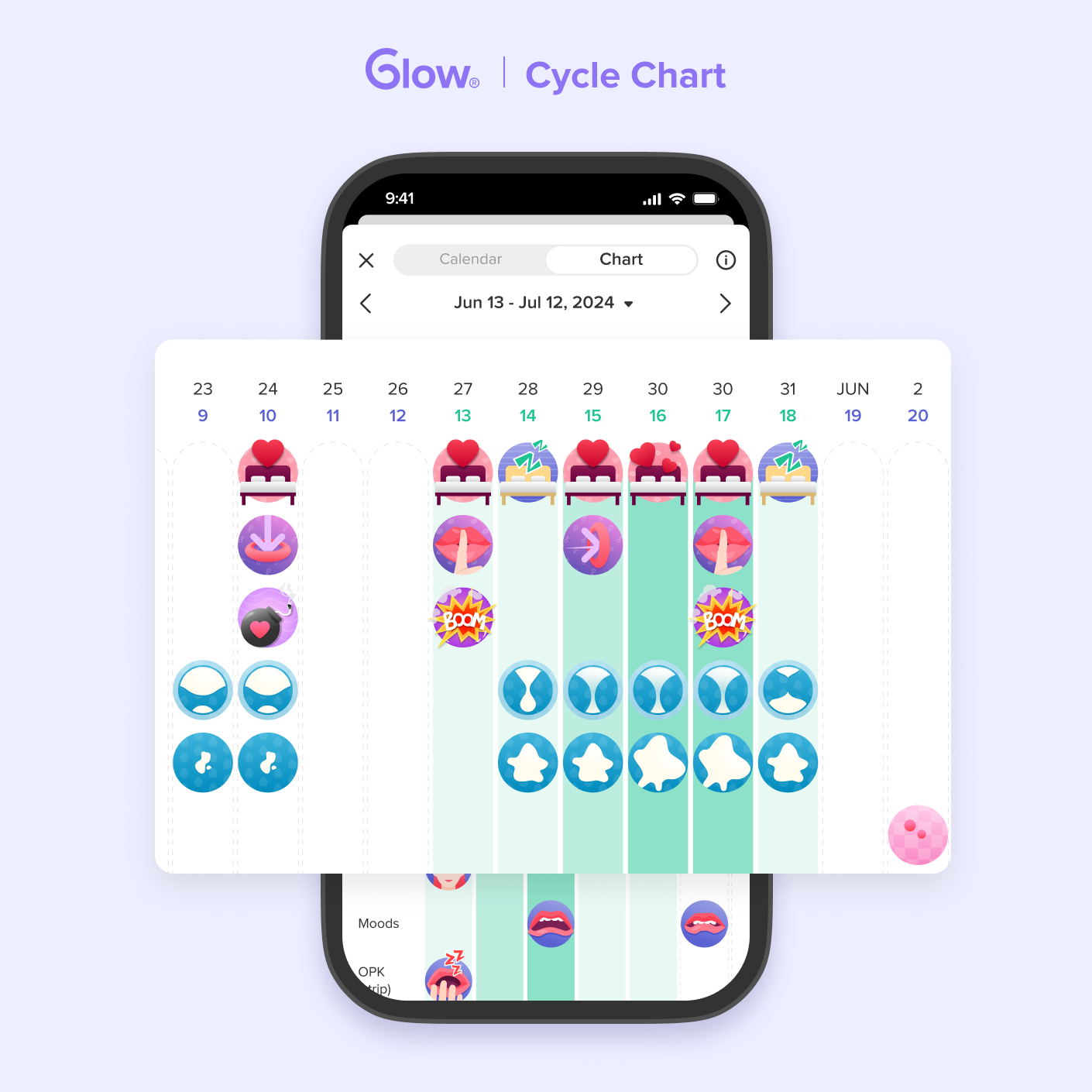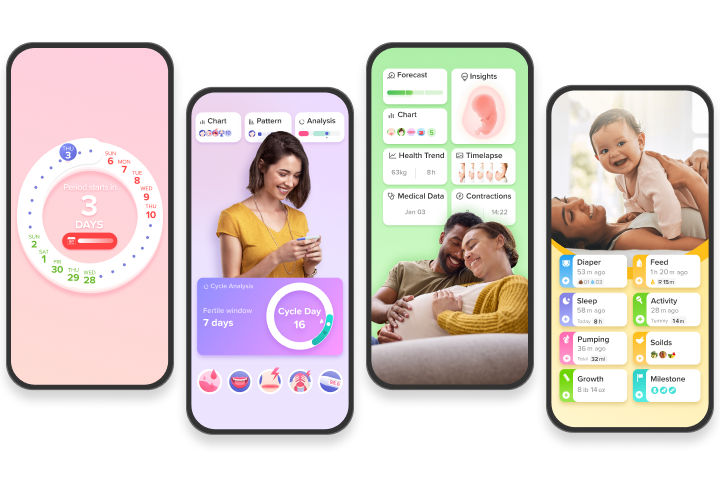Ovulation is a critical component of the menstrual cycle, serving as the cornerstone of reproductive health. For those trying to conceive, understanding when ovulation occurs can significantly enhance the chances of pregnancy.
The Ovulation Process
Ovulation is the release of a mature egg from one of the ovaries, typically occurring once in each menstrual cycle. This event is a key phase in the menstrual cycle, which includes the menstrual phase, follicular phase, ovulation, and luteal phase.
Ovulation generally takes place around day 14 of a typical 28-day menstrual cycle. However, this timing can vary depending on the length of the individual’s cycle. Factors such as hormone levels, stress, and overall health can influence the exact timing of ovulation, making it important to understand your unique cycle.
The ovulation process is orchestrated by two key hormones: Follicle-Stimulating Hormone (FSH) and Luteinizing Hormone (LH). FSH stimulates the ovaries to produce several follicles, each containing an immature egg. Around mid-cycle, a surge in LH causes the most mature follicle to release its egg. This egg then travels down the fallopian tube, where it may encounter sperm for fertilization.
About Fertile Window
The fertile window is the period during your menstrual cycle when you’re most likely to get pregnant. It starts five days before ovulation, includes the day of ovulation, and extends to the day after ovulation. Ovulation refers to the release of an egg from one of your ovaries.

Sperm can survive in the female reproductive tract for up to 5 days. Given that the egg is viable for about 24 hours post-ovulation, having intercourse during the fertile window maximizes the likelihood of sperm and egg meeting for fertilization.
Tools and Methods to Track Ovulation
Ovulation Predictor Kits (OPKs): These kits detect the surge in LH that precedes ovulation by about 24-36 hours. They are easy to use and provide a reliable indication of the impending release of an egg.
Basal Body Temperature (BBT) Tracking: By recording your basal body temperature daily before getting out of bed, you can identify the slight temperature rise that indicates ovulation. Though it tells you ovulation has already occurred, this data can help you understand your cycle patterns over time.
Fertility Monitors: Wearable devices or apps track various fertility signs, including BBT, cervical mucus, and LH levels. They provide personalized predictions based on your data.
Signs and symptoms of ovulation:
- Cervical Mucus: One of the most noticeable signs of impending ovulation is the change in cervical mucus. It becomes clear, stretchy, and resembles raw egg whites, providing a favorable environment for sperm to swim through the cervix.
- Basal Body Temperature (BBT): After ovulation, a woman’s basal body temperature typically rises slightly due to increased progesterone levels. Tracking this temperature daily (ideally at the same time each morning before getting out of bed) can help pinpoint the day after ovulation has occurred.
- Cervical Changes: The cervix may become softer, higher, and more open during ovulation.
- Pain and Discomfort: Some women experience mittelschmerz, a German term meaning “middle pain,” which is a mild aching or cramping on one side of the lower abdomen that can last from a few minutes to a few days.
- Additional Indicators: Other signs may include light bleeding or spotting, breast tenderness, increased sexual drive, and mood changes.
Apps like Glow can help you track signs and symptoms of ovulation: The app allows users to track their menstrual cycle, ovulation signs, and symptoms. It provides personalized insights and reminders based on user-entered data.

Why Knowing Ovulation Matters
Identifying the ovulation window is crucial for:
- Conception: Knowing when ovulation occurs increases the chances of pregnancy by timing intercourse during the most fertile days.
- Contraception: Conversely, avoiding unprotected sex during this period can help prevent pregnancy. However, it’s important to note that this natural contraceptive method is not foolproof.
- Health Monitoring: Regular ovulation is a sign of healthy reproductive function. Irregularities can indicate underlying health issues.
Factors Affecting Ovulation
- Health Conditions: Conditions like Polycystic Ovary Syndrome (PCOS), thyroid disorders, and other hormonal imbalances can disrupt regular ovulation.
- Lifestyle Influences: Stress, inadequate nutrition, obesity, excessive exercise, and extreme weight loss can all impact the regularity of ovulation.
- Age: Ovulation patterns change with age. Women’s fertility naturally declines as they age, particularly after the mid-30s, which can affect the regularity and occurrence of ovulation.




